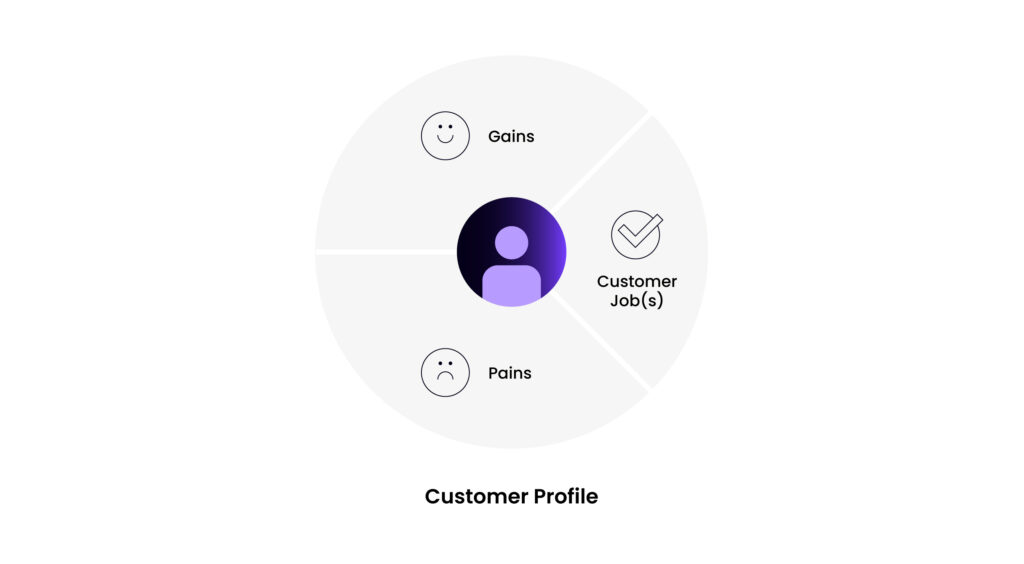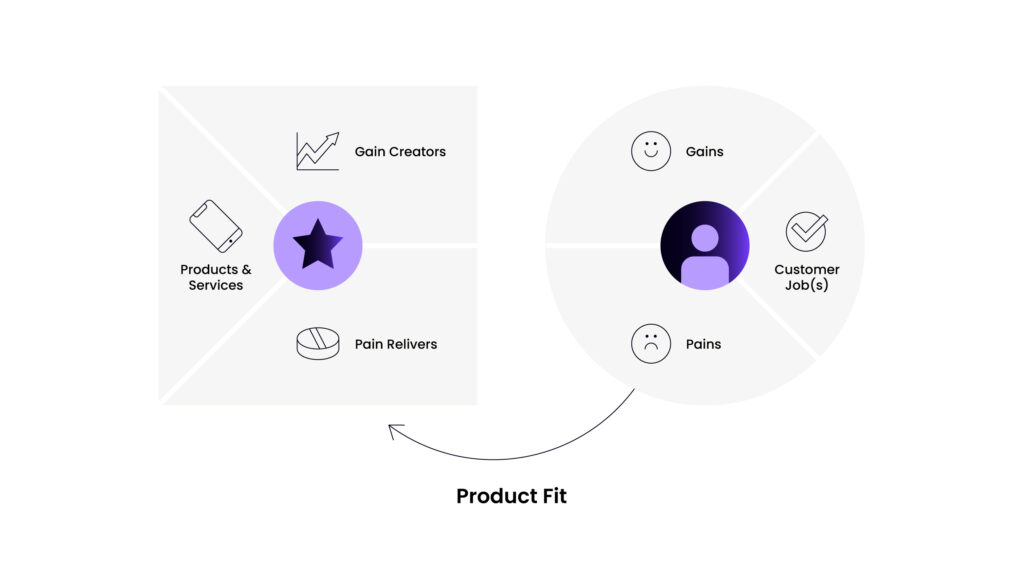Value Proposition Canvas Template: The Windmill Guide
BusinessThe primary goal of any business is to provide value to its customers. Customers buy from you because your products, goods, or services meet their needs and desires. Your products appeal to customers as a solution to their needs, and they are willing to pay for the value they receive. How do you ensure that the products and services you offer, whether new or old, are what your customer wants? How does a startup stay relevant to its customers’ evolving needs and desires? The value proposition canvas is an excellent tool for this purpose. It is a customer-centric template that makes it simple to discern the customer’s needs and incorporate them into the value you provide for them.
What is a Value Proposition Canvas?
The value proposition canvas (VPC) is a tool for positioning a product or service based on what the customer values and requires. It aids in the development, testing, gauging, and management of value propositions. It ensures that the value you’re offering meets the desires and demands of your target market. It is a versatile tool that can be used by both large corporations and startups and can apply to any product, new or old. The Value Proposition Canvas is derived from the business model canvas and was created by the same individual, Alexander Osterwalder, who saw the need for a canvas model to bridge the gap between value propositions and customer needs.
Why should a company use it?
Using the value proposition canvas can be a wise decision for your company for a lot of reasons. Some of them are:
Gain more insight into your target market:
Customer insight is something that cannot be overestimated in any business, particularly a startup. Having a VPC helps you understand what works for your target market and what doesn’t, what they value, and what they look for in a product like yours.
Reduce the risk of your product flopping:
Developing products that your customers see little or no value in would lead to a failed project. It’s easy to get focused on innovation and attractive new products and services but if it’s not the right fit for your customer, it will inevitably flop. You cannot sell products if it’s not relevant to your market. VPC helps in gaining an understanding of how to better tailor your products to your customers. And in so doing, increase the probability of its success in the market.
Helps to validate your product value proposition:
What you believe about your products could be wrong and many times it is. You may think you know what your target customer wants. Only to get to the customer and find out you were wrong. With the VPC, you can easily see your product from the customer’s point of view. Before investing in testing, you can use it to eliminate ideas that are unlikely to succeed.
When should the Value Proposition Canvas be used?
The canvas template should be used when you want to:
- Aid the development of products and services by gaining a better understanding of who your clientele is, including their preferences and true needs.
- Improving existing products or developing new ones.
- Cut down or eliminate time spent developing ideas that customers may not be keen on.
- Create an effective marketing campaign or to effectively communicate to your target customers.
- Boost your product and service profit margin or ramp up your sales.
How to use the Value Proposition Canvas Template?
At first glance, the value proposition canvas template seems straightforward. However, filling in each segment correctly requires careful attention. This article is intended to help you achieve a successful value proposition workshop session.

The template is divided into two sections: the customer profile, represented in the circular section; and the value proportion section, represented in the square section. There are six segments, each representing information relating to certain aspects of a value proposition.

On the right is the Customer Profile section, where the characteristics of your customers are to be detailed. This section is typically filled first. There are three segments here; Customer Pains, Gains, and Jobs.
Jobs:
Jobs are the tasks your customers are trying to get done, problems they want to solve, or needs they are trying to satisfy. In assessing jobs, the key is empathy. Look at it from your customer’s perspective. What you consider a job to the customer may be different from what they are attempting to accomplish. There are different types of jobs, emotional, functional, and social jobs. Emotional Jobs (has to do with the customer’s emotional state/feelings.), Functional Jobs (specific tasks, practical tasks), Social Jobs (reputation, societal perception), as well as supporting jobs (dependent on other roles).
Pain:
Customer pains refer to negative experiences that trouble your clients before, throughout, or following attempting to complete a task. It’s also something that stops them from completing a task. Types of customer pain include risks, obstacles, and undesired outcomes/characteristics. Be specific when talking about customer pains. Being specific allows you to find solutions that more effectively handle the problem.
Gain:
Gains are the advantages and effects that your customer desires. It’s important to note when brainstorming and writing down ideas that gains are not the opposite of pain. Similar to customer pains, be factual when defining gains. Types of gain include gains that the solution needs to function (required gains), gains that the customer didn’t anticipate (unexpected gains), gains we expect in a solution (expected gains), and gains that are secondary to expected gains (desired gains). In identifying jobs, pains and gains, go above the basic, superficial points. Dig deep. Unearth as many as you can identify. Then rank them according to how important they are to the customer. You can create customer profiles for as many kinds of customers as your business has.

The value proposition map section situated on the left-hand side of the VPC focuses on your company’s products and services. The three segments in this section are, products & services, pain relievers, and gain creators.
Products and Services:
These are the products and services your company offers that create value for the customer. These could be products under innovation or existing products.
Pain relievers:
These are the elements of the products and services you offer that relieve your customer’s pains. Ask questions that uncover how your products and services can reduce their risks, remove undesired outcomes/characteristics and help them overcome obstacles.
Gain creators:
What benefits and advantages are your customers getting from using your products? How does it improve their lives? What expected or unexpected, desired or required gains can they attain from your products and services?

Conclusion
When you’ve listed all of these on your value proposition canvas template, estimate the fit between your customer’s needs in the customer profile section and the value you’ve proposed in the value proposition section. The fit is not expected to be 100%, a valid fit can be from 50-70%. Note that it’s not strictly gain for gain creators or pain for pain relievers. Some of your pain relievers will connect to customer gain and some gain creators will correlate with your customer gain. Of course, you will want to test your assumptions. Make sure that the value proposition is indeed valid to your customer, not just in theory. We’ve tried to make it as easy as possible for your team to benefit from the value proposition template. But nothing beats the guidance that an experienced design team can offer, so get in touch today to find out how Windmill can help your business clarify its value proposition, business model, and other key strategic pillars.